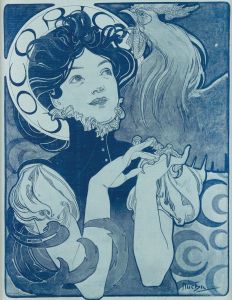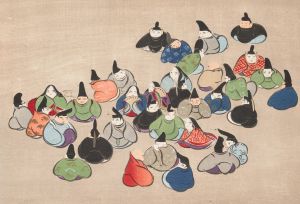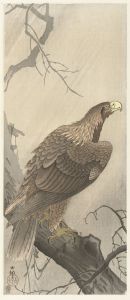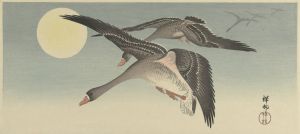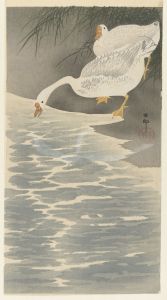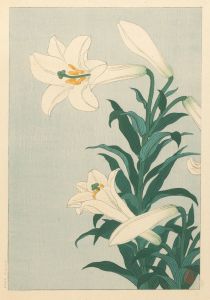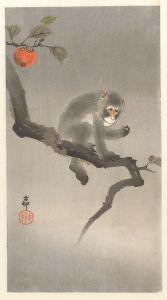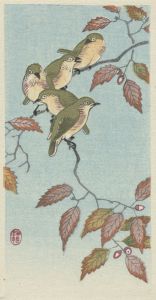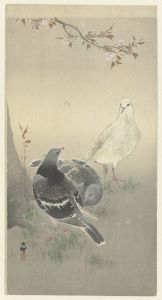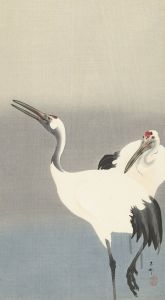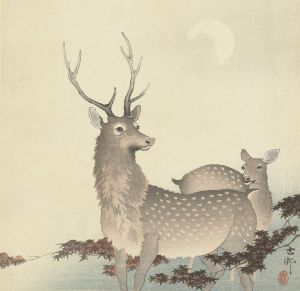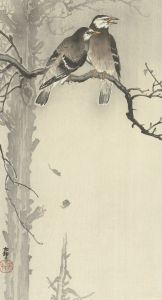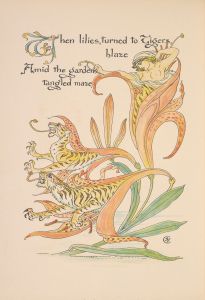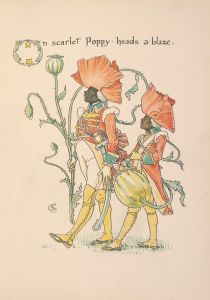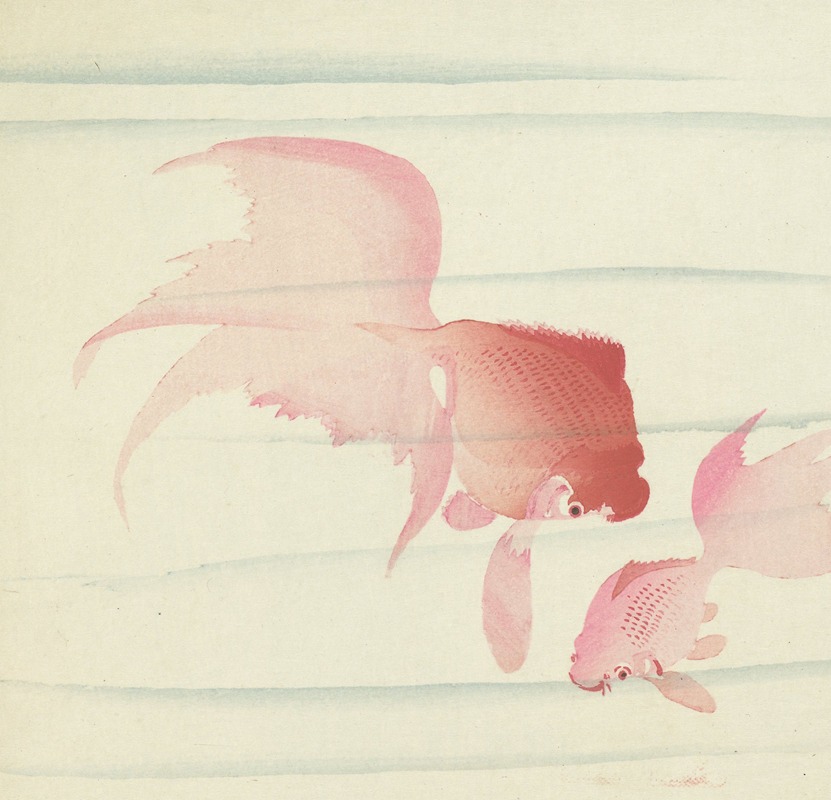
Two veil tails
A hand-painted replica of Ohara Koson’s masterpiece Two veil tails, meticulously crafted by professional artists to capture the true essence of the original. Each piece is created with museum-quality canvas and rare mineral pigments, carefully painted by experienced artists with delicate brushstrokes and rich, layered colors to perfectly recreate the texture of the original artwork. Unlike machine-printed reproductions, this hand-painted version brings the painting to life, infused with the artist’s emotions and skill in every stroke. Whether for personal collection or home decoration, it instantly elevates the artistic atmosphere of any space.
Ohara Koson (1877–1945) was a prominent Japanese artist known for his exquisite woodblock prints, particularly those depicting birds and flowers, a genre known as kachō-e. His work is often associated with the shin-hanga ("new prints") movement, which sought to revitalize traditional Japanese woodblock printing by incorporating Western elements such as perspective and shading. Koson's prints are celebrated for their delicate beauty, attention to detail, and harmonious compositions.
"Two Veil Tails" is one of Koson's notable works, showcasing his skill in capturing the grace and elegance of birds. While specific details about this particular piece are scarce, it is consistent with Koson's broader oeuvre, which often features birds in serene, natural settings. His prints typically emphasize the beauty of the natural world, with a focus on the intricate patterns and vibrant colors of his avian subjects.
Koson's work was part of a larger trend during the early 20th century when Japanese artists were responding to both domestic and international influences. The shin-hanga movement, of which Koson was a part, was characterized by collaboration between artists, carvers, printers, and publishers, a traditional practice in Japanese printmaking. This movement aimed to appeal to both Japanese and Western audiences, and Koson's works were particularly popular in the United States and Europe.
The appeal of Koson's prints, including "Two Veil Tails," lies in their ability to convey a sense of tranquility and beauty. His use of color and composition often evokes a sense of calm and introspection, inviting viewers to appreciate the subtleties of nature. Koson's birds are typically depicted with a high degree of realism, yet they are also imbued with a sense of elegance and poise that elevates them beyond mere representation.
Koson's prints were produced using traditional Japanese woodblock techniques, which involve carving an image into a wooden block, applying ink, and then pressing paper onto the block to create the print. This method allows for the production of multiple copies of a single image, making art more accessible to a wider audience. The prints are known for their fine lines and rich colors, achieved through the careful layering of inks.
Despite the popularity of his work, Koson himself remains somewhat enigmatic, with limited biographical information available. He was born in Kanazawa, Ishikawa Prefecture, and studied under Suzuki Kason, a painter known for his bird-and-flower paintings. Koson initially worked as a painter before transitioning to printmaking, where he found considerable success.
Today, Koson's prints are highly sought after by collectors and are held in the collections of major museums around the world, including the Museum of Fine Arts in Boston and the Rijksmuseum in Amsterdam. His work continues to be appreciated for its technical mastery and its ability to capture the fleeting beauty of the natural world. "Two Veil Tails," like many of Koson's works, exemplifies the artist's dedication to portraying the elegance and serenity of his subjects, making it a cherished piece among admirers of Japanese art.





